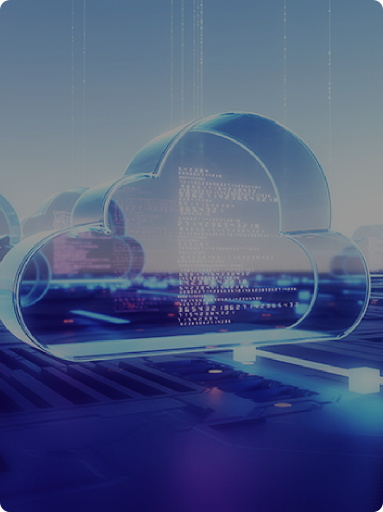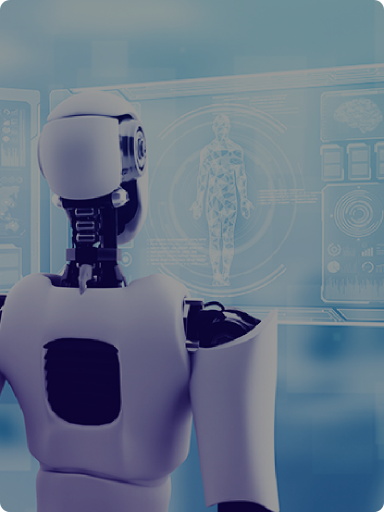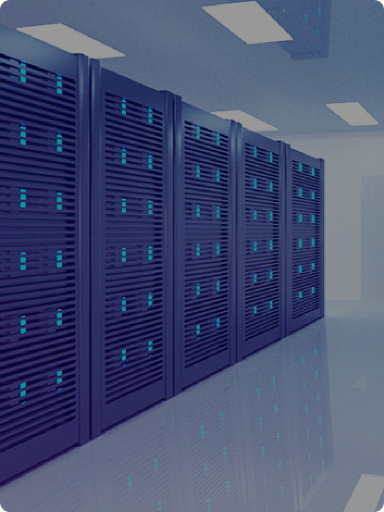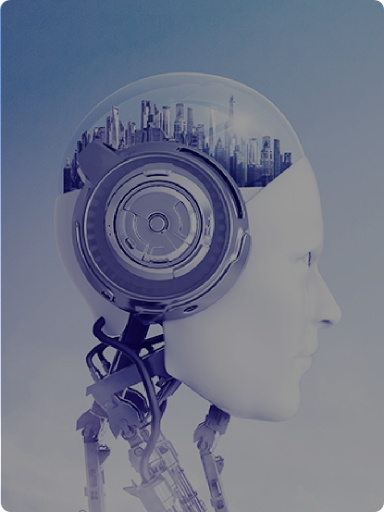Robot Development Capability
Core positioning: Through the cloud edge end full stack technology stack, provide low latency, high robustness, and adaptive visual perception capabilities for drones/robots, enabling them to achieve a "perception decision execution" closed-loop in dynamic and complex environments.
Detailed Explanation and Applicable Boundaries of the Three Major Empowerment Modes
1. (After Action Inspection)
Workflow:

Robot/Drone Data Collection


Manually Review and Handle


Store to Local SD Card


Manually Remove Storage Media


Import Server Vision System


AI Batch Recognition of Anomalies
Core Features:
Zero Transmission Dependency
No network requirements throughout the entire process, suitable for areas without signal (mines, offshore, wilderness)
Ultra Low Cost
Only basic data storage devices are required, with no data/computing rental fees
Applicable Scenarios
Non real time tasks such as monthly inspections of the power grid and agricultural cycle surveys can tolerate delays of 24-72 hours
2. 4G/5G Real-Time Cloud Analysis
Workflow:

Real Time Shooting by Robots/Drones


4G/5G High-Definition Feedback


Cloud GPU Server


AI Real-Time Identification of Anomalies


Automatically Alert to the Monitoring Center


Manual Intervention for Disposal
Core features:
Second Level Response
End to end latency<1 second (requires ≥ 50Mbps stable bandwidth)
High Transmission Cost
1080P video streaming monthly average data fee ≈ $300/device (based on AWS billing reference)
Zero Transmission Dependency
High budget scenarios such as urban security patrols and construction site safety monitoring in developed areas require full coverage of operator networks
3. On-Device Autonomous
Workflow and Response Logic:

Detailed Explanation of Dual Path Response:
Local Autonomous Response (Zero Network Dependency)
Ability: The device directly triggers preset actions (such as broadcasting warning voice, flashing alarm lights, emergency hovering)
Scenario: Chemical plant inspection robot discovers leak → Local broadcast "Danger! Please evacuate!" → Personnel on-site response
Scenario: Chemical plant inspection robot discovers leak → Local broadcast "Danger! Please evacuate!" → Personnel on-site response
Cloud Collaborative Response (Requires Network Support)
Ability: Send key information (coordinates, images, confidence) back to the server to trigger cross system scheduling.
Network requirements: A medium to low speed stable network (≥ 2Mbps) is required, with a transmission data volume of only 1/100 of the original video (due to only transmitting recognition results).
Scenario: Recognition of distress signals by unmanned aerial vehicles at sea → Compressed transmission of coordinates+snapshot to rescue center → Dispatch of helicopters to go (relying on satellite network).
Network requirements: A medium to low speed stable network (≥ 2Mbps) is required, with a transmission data volume of only 1/100 of the original video (due to only transmitting recognition results).
Scenario: Recognition of distress signals by unmanned aerial vehicles at sea → Compressed transmission of coordinates+snapshot to rescue center → Dispatch of helicopters to go (relying on satellite network).
Comparison Table of Three Modes:
| Evaluation Dimensions | Offline Server Analysis Mode | 4G/5G Real-Time Transmission Mode | End Side Embedded Intelligent Mode |
| Network Requirements | ❌ Completely Independent | ✅ Need ≥ 50Mbps high-speed network | ✅ Local response: Off grid ✅ Cloud linkage: ≥ 2Mbps |
| End to End Response Delay | Hours to Days | <1 second | Local response:<100ms Cloud linkage:<3 seconds* |
| Hardware Renovation Cost | ✅ Zero newly added hardware (requires purchase of server software authorization) | ✅ Zero newly added hardware (requires purchase of server software authorization) | ❗ Need to install AI module Robot: $120 per unit Drone: $400+/unit (including battery) |
| Transmission/Operation Costs | ❌ No Transmission Fees | ❗ High data usage fee ($300+/month/device) | ❗ Low transmission fee (only for alarm data) |
| Key Advantages | Zero Transmission Cost | Full scene high-definition analysis | Local response: Fast closed-loop Cloud linkage: cross system scheduling |
| Key limitations | No Real-Time Capability | Dependent on network coverage | Drone endurance ↓ 25-30% |
| Typical Scenario | Agricultural census, electricity archive inspection | Real time monitoring of cities (developed areas) | Local response: Hazardous area on-site alarm Cloud linkage: maritime rescue, cross departmental collaboration |





















